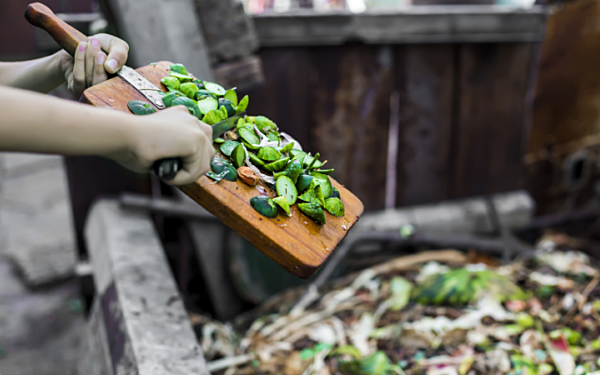We are in a food waste crisis where 1/3 of all food is lost or wasted. Reducing the amount of food we waste has never been more important.*
How food waste occurs across the supply chain
Food loss and waste refers to food intended for human consumption that is eventually lost or disposed of along the food supply chain. Specifically, food loss occurs during food production, for example during harvest and manufacturing, whereas food waste occurs at the retail and consumption level. It is important to make this distinction as it helps to understand the root cause of the problem.
Consequences of food waste
Food waste has repercussions for our economy and the environment. Food loss and waste results in approximately €870 billion in economic losses globally per year. This equates to £810 on average per household. There is a juxtaposition between food security and food waste, where too much food is produced in some areas, yet 800 million people across the globe are under-nourished. It has been estimated that the food currently wasted in Europe could feed 200 million people.
On a global scale, food waste is responsible for 6% of GHG emissions, which compares to billions of tonnes of methane, carbon dioxide and other GHGs being released into the atmosphere each year. To respond to this, the United Nations have set a target to halve per capita global food waste at the retail and consumer levels and reduce food losses during food production.
EIT Food provides solutions to food waste
One of the focus areas at EIT Food is circular food systems and within this we are committed to reducing food loss and waste across the food supply chain. We celebrate many of the innovations that have been created and supported by our amazing community. Examples include:
- Innovative food labelling and dynamic pricing: Mimica Lab has developed a responsive label enabling consumers to understand the true shelf-life of food and drink products. Wasteless has created a solution to optimise food price markdowns based on expiry dates.
- 3D food printing: Natural Machines has created the world’s first 3D food printer ‘Foodini’, which can make delicious foods using fresh ingredients, to reuse leftovers.
- Saving food surpluses during COVID-19: COVID-19 led to food waste on a catastrophic scale, as many food producers lost their buyers, as cafes, restaurants and hotels were forced to close. EIT Food worked with farmers who had surplus vegetables to create a soup called ‘Robin Food’ at the social enterprise enVie. The soup was then distributed to vulnerable families through food banks and social grocers.
Solutions to food waste reduction in the home
While there are many companies working on food waste solutions, consumers can also reduce food waste.
- Plan meals ahead of time – to only buy what you need.
- Buy ‘imperfect’ fruit and veg – they will still taste just as good!
- Use food storage – make use of your fridge and freezer to help food to last longer.
- Be inventive with leftovers – repurpose food rather than disposing of it.
- Use food-sharing apps – these can help you give away your unwanted foods and find fresh and tasty alternatives.
- Donate to food banks and shelters – social enterprises and charities are always in need of food to giveaway. Make someone’s day by donating some food to those in need.
Learn more about food waste
EIT Food has created a free online course ‘How to tackle food waste’, for those who want to explore the ways that food waste can be reduced. Join the course here.
*Disclaimer: This article was originally created for Future Learn. View the full article on Future Learn here.









